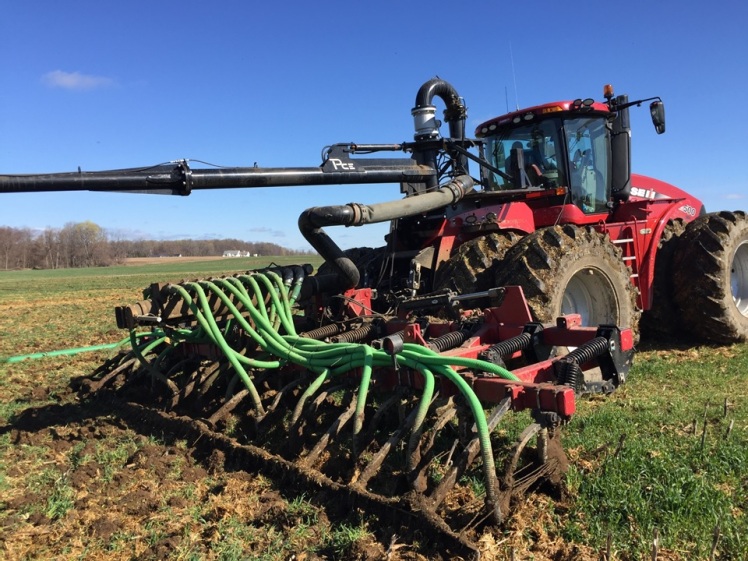What are Farmers Doing to Protect the Water?
Farmers depend on healthy soil and water sources to maintain their livelihoods and their families, so they are working to be a part of the solution for Owasco Lake.
They use the following science-backed methods to keep nutrients out of the lake:
- Developing and utilizing Best Management Practices (BMPs) that reduce soil erosion and runoff, such as incorporating manure directly into the soil
- Maintaining vegetated strips as barriers against erosion along the edges of streams and field ditches
- Planting cover crops to protect bare soil

How Can You Help?
Controlling the amount of phosphorus that makes its way into Owasco Lake requires help from the entire community because there are so many potential sources of the nutrient. By being aware of potential sources of phosphorus around your home and keeping known sources away from the lake, you can help reduce Owasco Lake’s nutrient levels.
Remember:
- Pick up after your dog
- Keep leaves out of ditches
- Do not disturb steam banks
- Avoid certain car and boat wash chemicals that contain phosphorus
Farmers practice a variety of ways to safely interact with waterways, and prevent excessive nutrients from going into them. Learn more about some practices below.
Manure Injection: This practice places manure six inches below the surface of the soil. It eliminates the smell of manure while also preventing run-off due to being placed on the surface.
Filter Strips: These are areas near streams and ditches where farmers do not plant but leave vegetation alone. They act as buffers between the body of water and crops.
Grass Waterways: These follow the natural flow of water through fields to prevent the disruption of water through crop fields.









